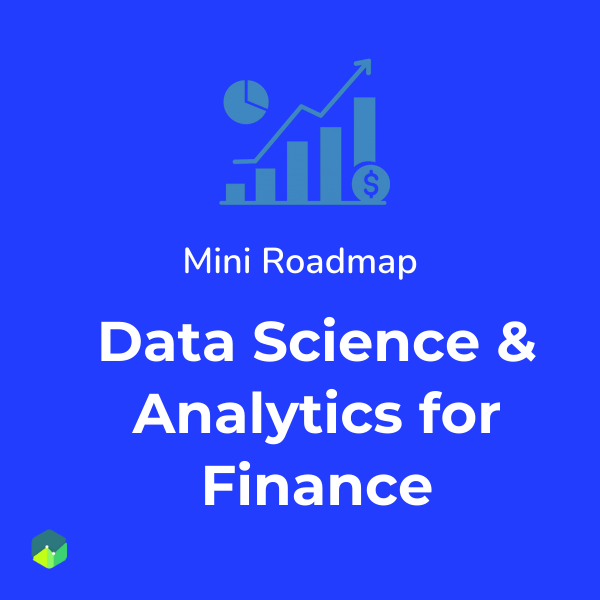Sortino Ratio
We know that Sharpe ratio is a popular measure for measuring the reward (or excess return) of an asset per unit of risk.
One problem with Sharpe ratio is that it is dimensionless, that is, as it uses the standard deviation of returns as a measure of risk. It penalizes both upward and downward volatility equally.
Sortino ratio is a modification of the Sharpe ratio. Instead of considering both upward and downward movement in volatility, Sortino ratio focuses only on the downward volatility.
The ratio can be calculated using the following formula:

